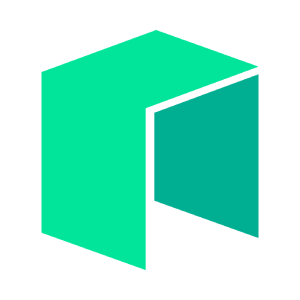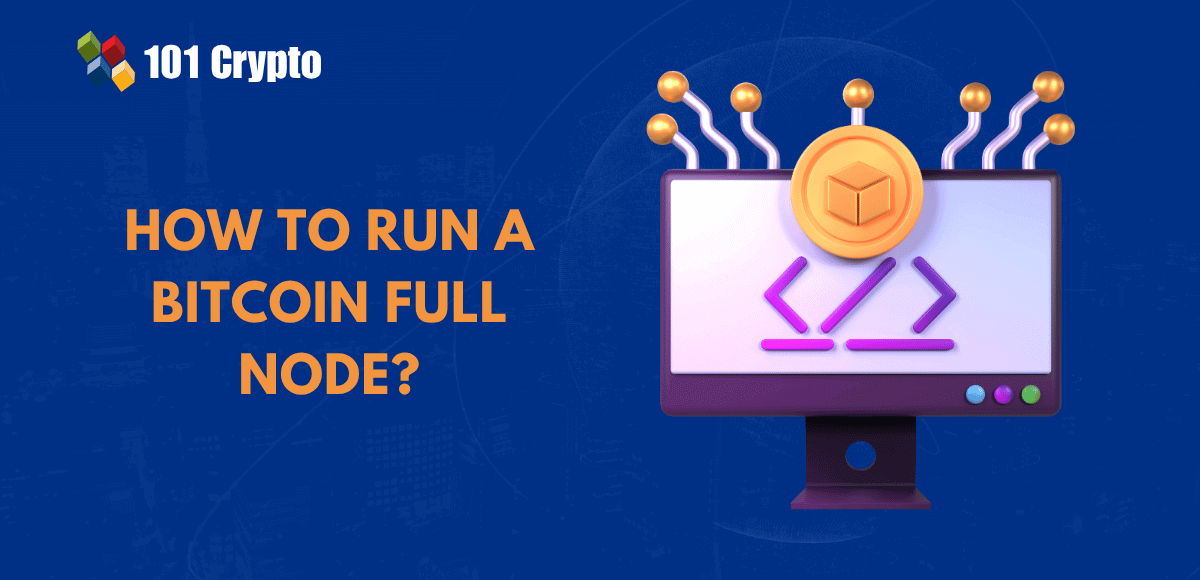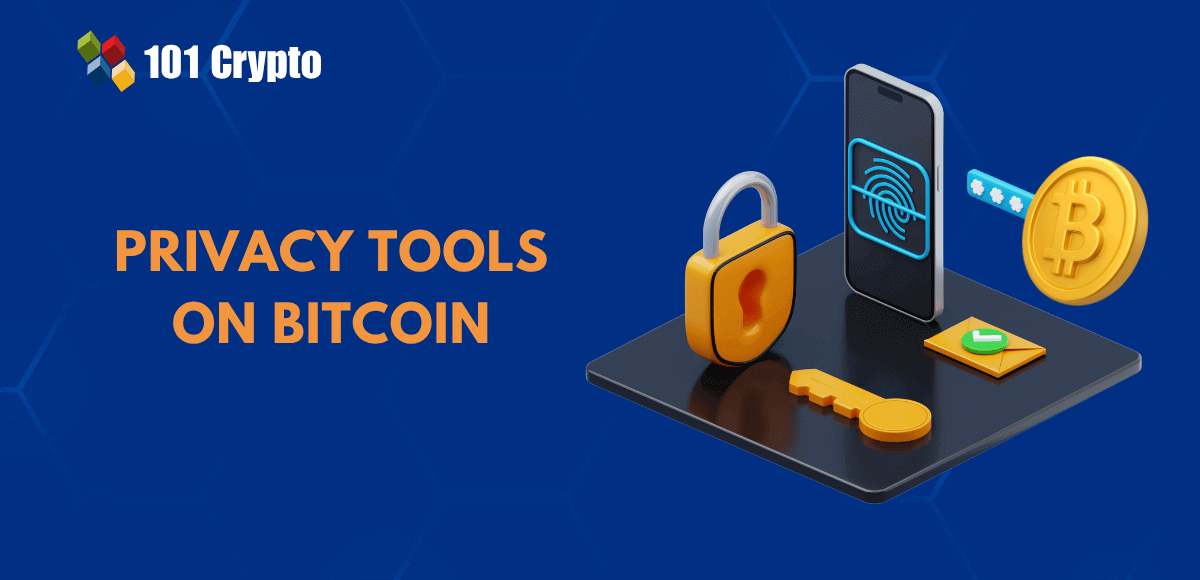The Bitcoin network runs with the help of nodes, which work like tiny cogs in a colossal machine. Many people assume that only tech wizards can run a Bitcoin full node as the process relies on technical aspects. Interestingly, anyone can get started with running a Bitcoin node when they know the best practices.
With the growing domination of centralized financial systems, a Bitcoin node can help you gain complete control over your assets. Users who want true decentralization and sovereignty in their Bitcoin experience must run a full Bitcoin node. Let us learn about the hardware and software requirements to run your Bitcoin node along with the steps for deploying the node.
Enroll now in the Bitcoin Fundamentals Free Course to gain deep insights on how the Bitcoin blockchain works.
Understanding a Bitcoin Full Node and Its Benefits
Bitcoin blockchain represents a shared ledger distributed across multiple independent computers all over the world. You can think of Bitcoin nodes as the computers which store and maintain a copy of the shared ledger. Another crucial responsibility of a Bitcoin node revolves around verifying and adding transactions to the Bitcoin blockchain. Bitcoin nodes play a crucial role in safeguarding the principles of decentralization and cryptographic security of the network.
The benefits of running a full Bitcoin node apply to the Bitcoin network as well as the ones operating the nodes. With a full Bitcoin node, you don’t have to rely on block explorers or wallet services for validating your transactions. The node will independently validate transactions, thereby preventing security risks and errors. The freedom from third-party services with a full Bitcoin node also enhances privacy. Users don’t have to worry about exposure of their financial activity to any external observer.
Setting up your own Bitcoin full node helps you learn more about Bitcoin and how it works. It also serves as a foundation for using other Bitcoin services, such as the Lightning Network. Furthermore, full nodes contribute to the decentralization of Bitcoin and allow you to become an active participant in the network.
Prerequisites to Run Your Own Bitcoin Full Node
The first step that you must take to run your own Bitcoin full node involves learning about the essential prerequisites. Running Bitcoin nodes is almost similar to deploying another software program on your computer. You must know the hardware requirements, software compatibility and network bandwidth required for a Bitcoin node. The answers to “How much storage do you need to run a full Bitcoin node?” and similar questions about the prerequisites can help you start setting up the node without wasting resources. You should keep the following hardware and software requirements in mind to create and run your own full Bitcoin node.
-
Hardware Requirements
Running a full node involves setting up a dedicated machine with adequate resources. For instance, you can achieve optimal performance with a robust multi-core processor that offers both speed and efficiency. You can opt for server-grade processors for complex and intensive operations. Another crucial hardware requirement for running a full node is memory or RAM. Experts suggest that you must have a minimum of 8GB RAM while 16GB or more can serve a smoother experience.
The next prominent highlight among hardware requirements for a Bitcoin full node points at the storage or disk space. Some of you may have assumed that the Bitcoin full node size will be around 10GB, which is applicable for pruned nodes. However, a full node will hold a copy of the complete Bitcoin blockchain, which measures approximately 650 to 700 GB as of now. Therefore, you must have a solid-state drive or SSD with storage capacity of 1TB or 2TB to enjoy faster read/write speeds and scale up in the future.
The hardware requirements for a full Bitcoin node also focus on the conditions for internet connection. You will need a stable internet connection with high upload and download speeds as the initial download and synchronization requires significant bandwidth. An internet plan without any data caps should be your first priority for running full Bitcoin nodes. Most important of all, a Bitcoin node also needs continuous power supply, which you can provide with a reliable Uninterruptible Power Supply or UPS device.
-
Software Requirements
Once you have fulfilled the essential Bitcoin node hardware requirements, you should pay attention to the software requirements. The foremost software requirement for a Bitcoin full node is Bitcoin Core. You can down Bitcoin Core directly from the official website of Bitcoin. It is important to check the cryptographic signatures and checksums of the downloaded Bitcoin Core file. As a result, you can have legitimate software that has not been tampered with.
Bitcoin Core is a type of reference implementation of Bitcoin protocol and can run on almost all popular operating systems. You can install Bitcoin Core versions supported by your operating system by following the specified instructions. Windows, Mac OS X and Linux are the most common operating systems used for running Bitcoin full nodes for their distinct advantages.
Steps for Running Your Full Bitcoin Node
After you acquire the hardware, software and internet connection to set up your node, you can start the process to run the node. Users can run a Bitcoin full node by adopting the following roadmap and explore the Bitcoin ecosystem as an active participant.
-
Configuration of the Bitcoin Core
The first step in running your Bitcoin full node involves tailoring the Bitcoin Core installed on your system to your needs. Some of the notable configurations that you have to make in Bitcoin Core include the data directory, connection settings and network configuration. The data directory is the place where the Bitcoin Core stores all its data and you should pick a drive with ample disk space on your computer for storing it.
The connection settings of the Bitcoin Core help in modifying how the node will connect to the Bitcoin network. Users can allow incoming connections or restrict connections of their node only to specific nodes. The connection settings can vary from one node to another, depending on the security and privacy requirements of the user. Finally, the network configuration aspect involves selecting between IPv4 and IPv6 protocols for Bitcoin Core.
-
Sync with the Bitcoin Network
The discussions about “How much storage do you need to run a full Bitcoin node?” before setting up a full Bitcoin node will pop up again. You can run a functional Bitcoin node only if it syncs with the Bitcoin network through the Initial Block Download process.
The IBD process downloads and verifies the complete blockchain which will be the shared ledger on your device. Users must know that IBD takes a lot of time and you have to wait patiently until it is complete. Remember that you cannot update wallet balance or check new transactions before completion of IBD.
-
Security of Your Node
The final step before you run your Bitcoin node involves checking the security configurations for your node. You should set up a firewall to accept connections only from trusted sources and pay attention to wallet security with strong passwords and wallet backups. On top of it, users must always have the habit of checking for new software updates to Bitcoin Core that may have new security features and patches.
After you verify that your node is safe from threats, you can tap into the user-friendly interface of Bitcoin Core and start running your node. The interface can help you track your node’s status, view transactions and interact with the larger Bitcoin network.
Final Thoughts
The process to run a full Bitcoin node requires special attention to the important prerequisites. Bitcoin nodes can run with the help of software like Bitcoin Core albeit with special hardware requirements like 1TB or 2TB of storage space. Anyone who thinks that running a full Bitcoin node is a tough task should try following the simple steps highlighted in this post. Learn more about Bitcoin fundamentals and explore new opportunities for participating in the crypto ecosystem now.
Disclaimer
The article should not be taken as, and is not intended to provide any investment advice. Claims made in this article do not constitute investment advice and should not be taken as such. 101 Crypto shall not be responsible for any loss sustained by any person who relies on this article. Do your own research!







